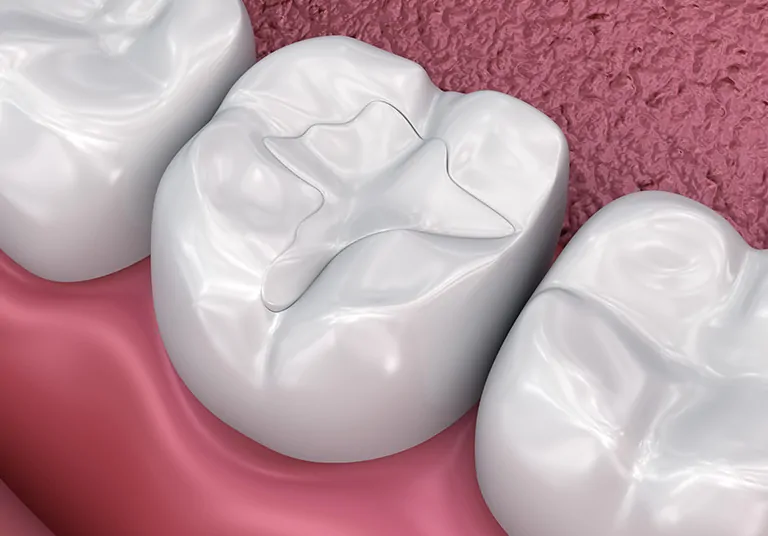Restorative fillings are placed to repair teeth that have been damaged by decay or injury. They bring strength back to the tooth structure, protect against further deterioration, and restore function for chewing and speaking. Different kinds of fillings are available, each with unique qualities. Learning about these types helps in knowing what suits different situations.
Amalgam fillings:
Amalgam restorative fillings Dubai are made from a mixture of metals such as silver, mercury, tin, and copper. They are durable and can withstand heavy biting pressure, making them suitable for back teeth. Although they are noticeable due to their metallic shade, they are strong and long-lasting, which is why they are often selected for molars.
Composite fillings:
Composite fillings are made from a resin material that can match the natural shade of teeth. This makes them suitable for visible areas like front teeth. They bond directly to the tooth structure, providing support while maintaining a more natural look. However, they may not last as long as metallic fillings when placed in areas with high chewing force.
Glass ionomer fillings:
Glass ionomer fillings are made from acrylic and glass powder. They are known for releasing fluoride, which supports the prevention of further decay. These fillings are typically used for children’s teeth or in areas not exposed to heavy biting pressure. While they may not be as strong as other materials, they serve a protective role in certain cases.
Ceramic fillings:
Ceramic fillings are crafted from porcelain and are valued for their appearance and durability. They resemble natural teeth closely, which makes them suitable for visible areas. They are resistant to staining and are longer-lasting compared to composite fillings. However, they may be more brittle and sometimes involve a larger portion of the tooth to be prepared before placement.
Gold fillings:
Gold fillings are made from a mixture of gold and other metals. They are strong and can last for decades. Their metallic look makes them more noticeable, but they are highly resistant to wear. Gold fillings are usually well-suited for teeth that experience heavy pressure from chewing.
Restorative fillings vary in material, appearance, and durability. Amalgam and gold are strong choices for teeth under pressure, while composite and ceramic offer a more natural look. Glass ionomer provides additional protection through fluoride release. By knowing the qualities of each type, it becomes easier to understand how fillings serve both function and appearance.
